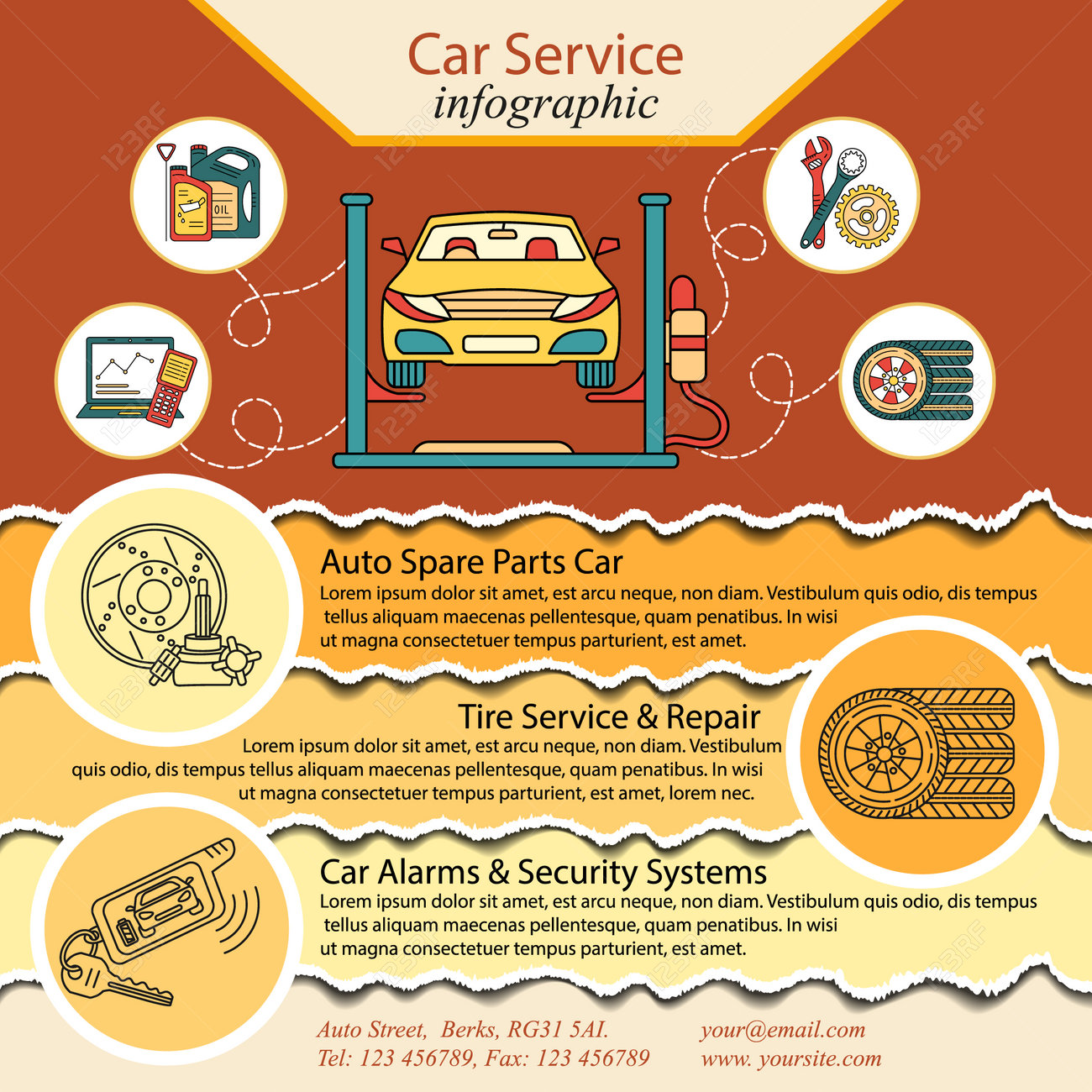Determining The Most Typical Warning Indicators On Your Control Panel And Their Definitions
Determining The Most Typical Warning Indicators On Your Control Panel And Their Definitions
Blog Article
Post By-McCallum Mark
When you're behind the wheel, those control panel warning lights can be an actual mystery. However did you recognize that understanding them can save you from possible car troubles later on? From the threatening check engine light to the subtle oil stress warning and the ever-important battery light, each one works as a critical signal from your automobile. It's time to shed light on these typical dashboard warnings and furnish yourself with the understanding to browse the roadway in advance.
Recognizing the Inspect Engine Light
When your control panel lights up with the check engine light, it is very important not to panic yet to take instant action. The check engine light functions as a caution that your automobile's onboard analysis system has actually found a possible concern with the engine, discharges, or other crucial elements. Neglecting this light can lead to extra severe issues later on, so it's important to address it without delay.
To recognize the resource of the problem activating the check engine light, you can use an OBD-II scanner to fetch the certain difficulty codes kept in your lorry's computer system. These codes supply beneficial information that can help determine the underlying issue.
While some problems creating the check engine light may be small, such as a loose gas cap, others might show a lot more significant worries that require professional focus.
Decoding the Oil Stress Caution
Upon experiencing the oil pressure cautioning light on your dashboard, prompt focus is crucial. simply click the following webpage suggests that the oil stress in your engine might be as well reduced, which can cause major engine damage if not addressed without delay. Reduced oil stress can be caused by a variety of problems such as a leakage, a defective oil pump, or low oil degrees. Ignoring this cautioning light can result in expensive repairs or even engine failing.
If you see the oil pressure advising light come on, the initial step is to safely pull over sideways of the road and switch off your engine. Examine the oil level making use of the dipstick and ensure it's at the suggested degree.
If Read More On this page is low, top it up with the appropriate oil for your lorry. If the oil level is sufficient, don't continue driving and seek assistance from a mechanic to identify and take care of the issue without delay. Bear in mind, preserving appropriate oil pressure is essential for the health and wellness and durability of your engine.
Translating the Battery Light
To analyze the value of the battery light on your dashboard, you must recognize its critical role in your lorry's electrical system. When the battery light illuminates while you're driving, it shows that the electrical system isn't receiving adequate power from the battery.
This could be because of a falling short battery, a defective generator, or concerns with the billing system. Overlooking this advising light can result in your vehicle delaying or being not able to begin.
If the battery light comes on, it's recommended to safely pull over and have your lorry examined by an auto mechanic asap. They can perform diagnostics to identify the hidden problem and stop a potential break down.
Conclusion
Now that you recognize exactly how to recognize one of the most common caution lights on your control panel and what they mean, you can resolve any type of possible issues immediately. Bear in mind, the check engine light, oil stress caution, and battery light are very important indications of your automobile's wellness. Remain notified, remain secure, and keep your cars and truck running smoothly by taking notice of these warning signs.
